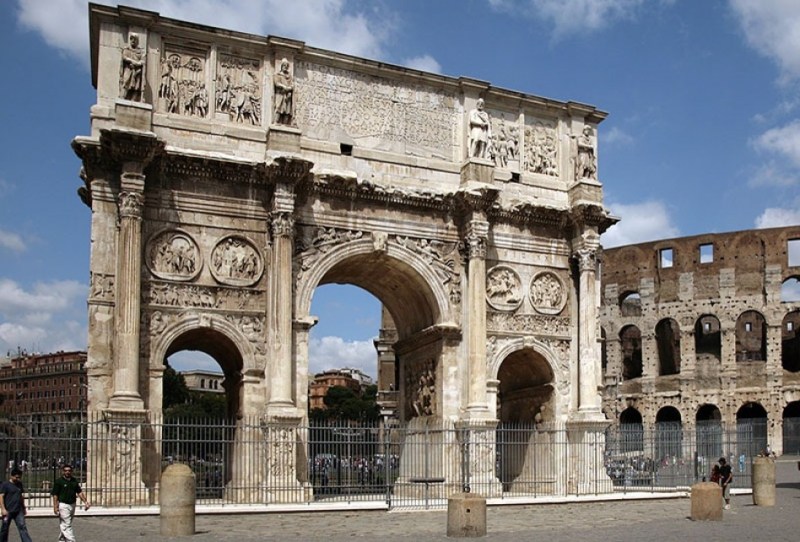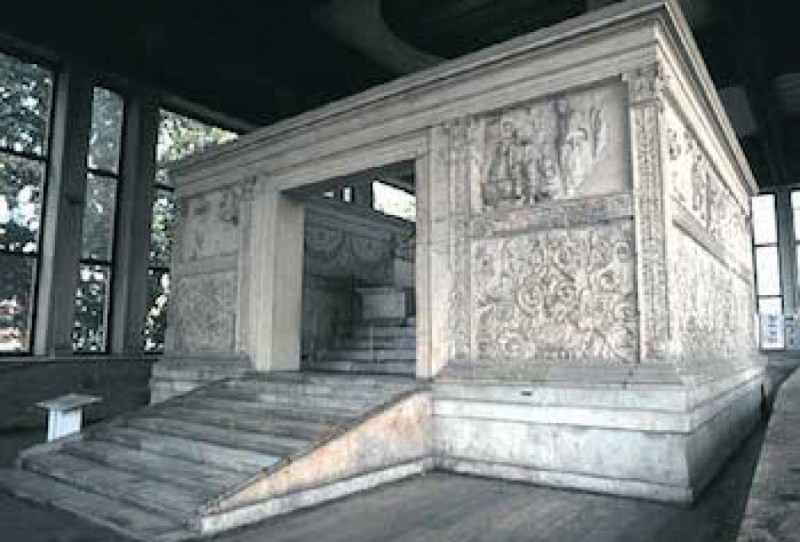In its approximately 12 centuries of existence, Roman civilization has shifted from a monarchy to a classical republic and then to an increasingly autocratic empire. Through conquest and assimilation, it came to dominate Southern and Western Europe, Asia Minor, North Africa, and parts of Northern and Eastern Europe. Rome was preponderant throughout the Mediterranean region and was one of the most powerful entities of the ancient world. It is often grouped into classical antiquity together with Ancient Greece, and their similar cultures and societies are known as the Greco-Roman world. Discover the secrets of this ancient civilization on one of our Rome city tours.
THE HISTORY OF ROME
The Arch of Titus

Arco di Tito or the Arch of Titus is located on the Via Sacra in Rome. Emperor Domitian erected it during his reign and it is a 1st century AD arch. It was dedicated to his elder brother Titus and signifies his victories. The arch stood in for an example for all triumphal arches constructed thereafter. It is said the Domitian’s favourite architect Rabirius may have created this masterpiece. He is also known for the Roman Colosseum.
The Arch of Constantine

Arco di Constantino or the Arch of Constantine is an arch in Rome which symbolises victory. It lies between the Colosseum and Palatine Hill. It commemorates Constantine I’s victory at the Battle of Milvian Bridge over Maxentius during the year 312BC. It was erected in 315BC and is the largest Arch in Rome.
It is a sort of collage as it sports earlier styles from the times of Marcus Aurelius, Trajan and Hadrian.
The Ara Pacis

The Ara Pacis, also known as the Ara Pacis Augustae, is a very popular altar in Rome. It is a work of beauty and is dedicated to the Roman Goddess of Peace, Pax. It is every bit the traditional Roman altar, in the sense that it’s open-air. It was built to celebrate the return of Augustus. It mirrors Augustus’ ways and his view on Roman life. It had been buried under silt until it was partially restored.
